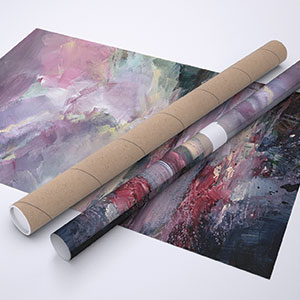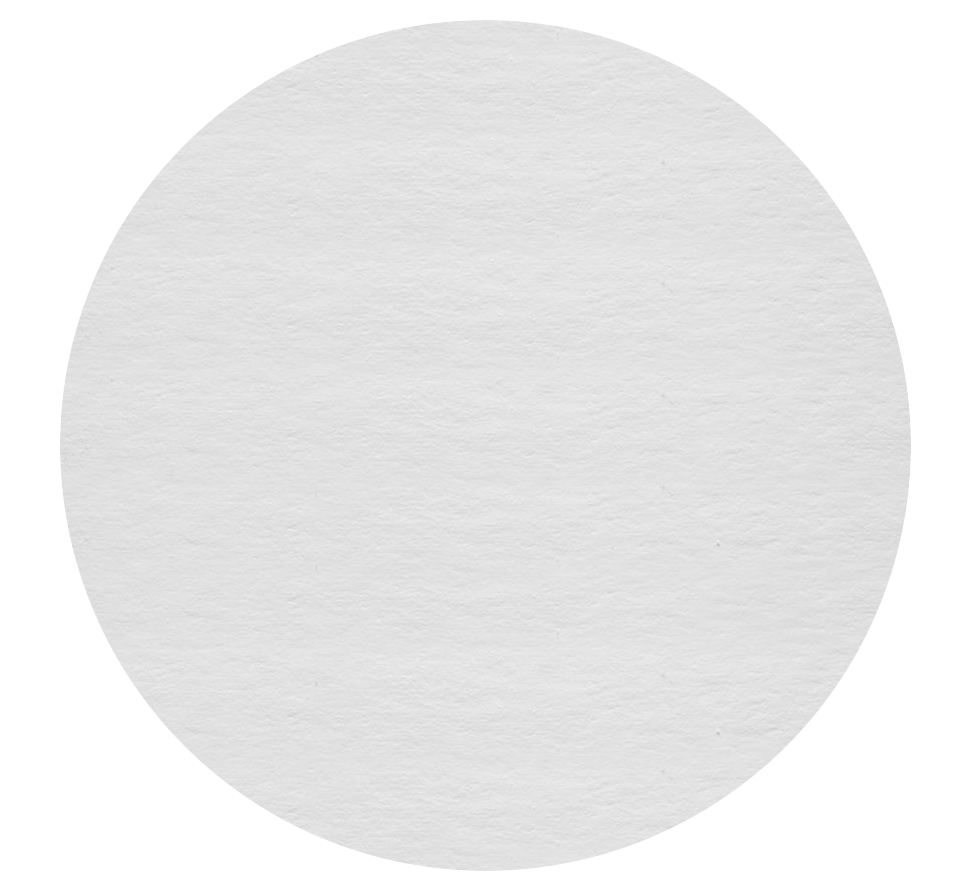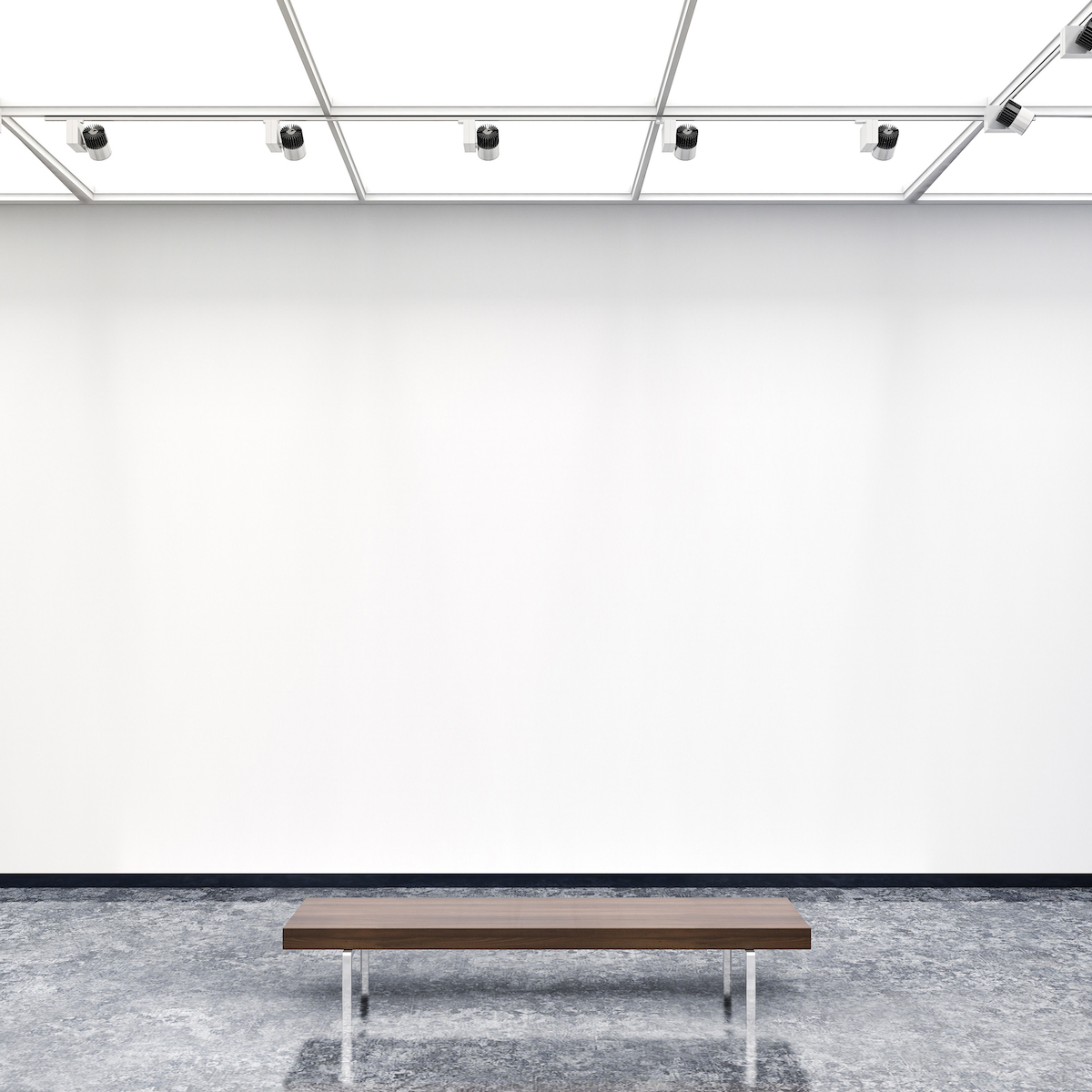"Fine-Arts" prints on paper
It is a process of printing on art paper using very high-quality pigment inks and printed in very high definition. Its level of conservation is exceptional (more than 100 years), its quality, depth, and richness of nuances exceeds the classic photo print on Argentic paper.

Glossy finish
Apart from its exceptional thickness, the fiber paper is composed of an alpha-cellulose base without acid and it is covered with barium sulphate, and a microporous layer absorption enhancing pigments during printing. A pure white color, non-yellowing to light, this paper is especially designed for resistance and aging. It is used by major museums worldwide as it offers excellent resolution, rendering deep and dense colors.
Art Print "Fine Art" - Glossy finish on a fiber base paper 325 g.

Our high end prints and reproductions
ArtMajeur only uses natural papers with neutral pH, resistant, and of high quality, selected from renowned papermakers!
Constant attention is paid by our master printer, whether in terms of color control or respect for the graphic chain. Our high level of quality requirement is a major asset of ArtMajeur framed art prints.
For Artists! You help artists to live from their work. They receive royalties everytime you buy their prints.
About our fine prints-
Original Artwork
Painting,
Oil
on Canvas
- Dimensions Height 47.2in, Width 79.1in
- Framing This artwork is not framed
- Categories Expressionism City
Related themes
Ernst Ludwig Kirchner was born on May 6, 1880, in Aschaffenburg. He was one of the most important Expressionist artists.
He went to school for architecture in Dresden, and in 1905, he joined Die Brücke (The Bridge). During this time, Kirchner went from being an impressionist to being an expressionist. His favorite things to paint were portraits, naked people, landscapes, cityscapes, and a lot of different things. He didn't do very well with his paintings in Dresden, so in 1911 he moved to Berlin. But even there, things didn't get much better for him. In 1911, Kirchner took part in an exhibition put on by Max Pechstein, with whom he later opened a painting school. The painting school did not do well either. Kirchner wrote a history of Die Brücke in 1913. This led to the end of the group.
Kirchner took his summer vacation on the island of Fehmarn, where he made a lot of paintings. When the First World War started in 1914, he joined the army. He had to leave for mental health reasons and had to take medicine. Even though he had been in the war and was sick, he made large works of art in a sanatorium. In 1917, when he was paralyzed and living in Switzerland, his wife Erna Schilling sold his art in Berlin.
The National Socialists got rid of his works of art in 1937. More than 600 were sold or thrown away. On June 15, 1938, a year later, the painter killed himself.
-
Nationality:
GERMANY

- Date of birth : unknown date
- Artistic domains: Represented by a Gallery,
- Groups: Contemporary German Artists Artists presented by a gallery









